I'm trying to improve my PCB routing skills. When I started out a few years back, I just layed out the components and ran tracks with a fixed width between them. I didn't even know about polygon pours. Then when I started working with switching regulators, I started noticing the nice polygon shaped traces i.e. TI uses in their datasheets for layout recommendations, to optimize for current flow. So I copied that and started working with power and GND planes and/or polygons. So basically most of my power paths in my designs are now built out of polygons instead of traces. It looks kind of neat.
But now in this current design I'm doing I'm starting to wonder why I shouldn't do more or even just all of my connections using polygons. It allows me to make nicer transitions between different pad sizes, keep better control over where my ground pour goes etc. while electrically speaking it probably doesn't have any added value. In wonder if this is good or bad practise from layout and/or manufacturing point of view.
Here's an example. It's a 2-layer board so I don't have the luxury of a power plane. The highlighted trace is my power net which is a big fat polygon. But I also used wide polygons to connect the 4 0402 resistors in the center to the large pads of a WiFi SoM on thew right (ESP). They could be tiny 6 mil traces like RXD and GPIO0 on the right, but somehow it 'feels' better to make the trace as wide as the pads they connect to. What is good practise for low power signals? Or is it just a matter of taste?
This also makes me wonder about the ground pour. Is it a benefit to have ground pours sitting between those pads or would it be better to even make the polygons larger to keep the pour from creeping between my signals polys? And what do I do with the ground pour creeping between the pads of the 4 0402 resistors in the center, is that good or bad?
-- edit--
Updated the layout have less chance of tombstoning. I guess I could also enable thermals on the polygons in places I need big traces in and small traces, out right?

